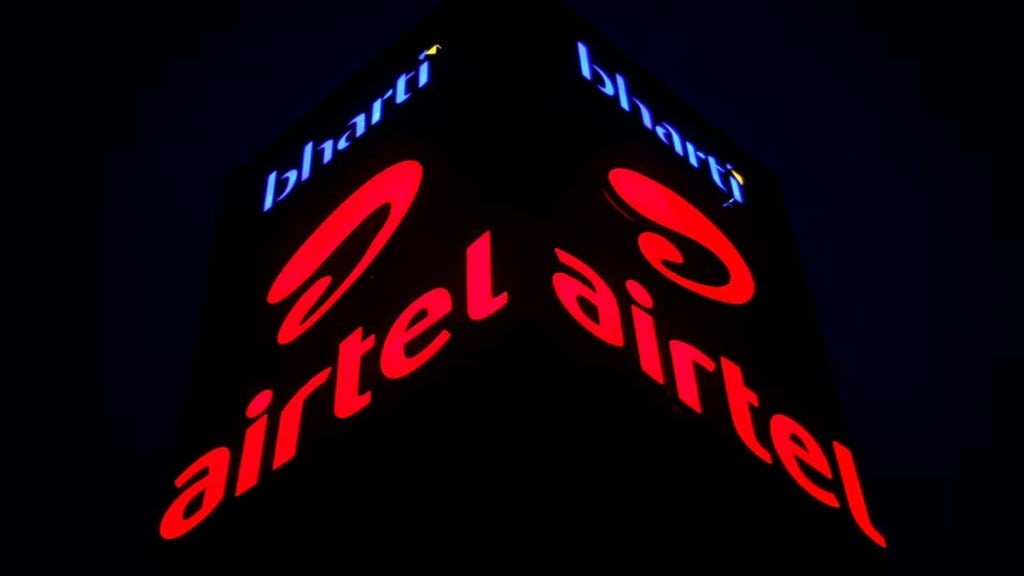Bharti Airtel has moderated its employee compensation in FY25, signalling a strategic shift towards financial discipline after years of heavy investment in digital infrastructure and 5G rollout. According to the company’s latest annual report, average employee salary hikes dropped to 8% from 8.7% in the previous year, even as the telco reported a 10.4% rise in consolidated revenues to Rs 1.7 lakh crore. The company also recorded its highest-ever 40% revenue market share in mobile services, underscoring its operational strength even amid tighter cost controls.
Executive pay growth tapers amid financial discipline
The median remuneration of employees (excluding board members and key managerial personnel) declined for the second consecutive year, down 3.95% in FY25 following a 5.6% fall in FY24. Airtel said this was driven by internal role transitions and changes in employee mix, and did not reflect a shift in its overall compensation strategy. “The increase in managerial remuneration is within the overall limits approved by the shareholders of the company,” it stated.
Top executives at Airtel saw modest hikes. Vice chairman and managing director Gopal Vittal’s pay increased 9.1% to Rs 20.24 crore, compared to over 10% hikes in the previous two years. Chairman Sunil Bharti Mittal’s total remuneration inched up 0.88% to Rs 32.5 crore, including salary, allowances, perquisites, and incentives. CFO Soumen Ray took home Rs 6.2 crore in FY25, a 9.5% increase from the previous year’s Rs 5.66 crore. Notably, Vittal also exercised stock options worth Rs 22.95 crore during the year, which is not included in his disclosed gross pay.
Capex slows as Airtel eyes cost efficiency and tariff hikes
Airtel’s capital expenditure also saw a continued decline as the company looked to tighten its financial framework after completing most of its major 5G infrastructure rollout. Capex fell to Rs 30,300 crore in FY25, from Rs 33,300 crore in FY24 and over Rs 40,000 crore in FY23. “Over the last five years, Airtel has made meaningful investments of over Rs 1.6 lakh crore in expanding its digital infrastructure,” Mittal said. He added that choosing a non-standalone (NSA) 5G architecture helped significantly reduce both capex and operational costs.
The company continues to conduct pilot testing for a transition to standalone 5G, which it plans to roll out when device and network ecosystems are ready. Meanwhile, Airtel reiterated its need for further tariff repair to drive sustainable returns. “Our focus remains on growing our postpaid base, driving smartphone upgrades and expanding international roaming penetration,” Vittal said.

